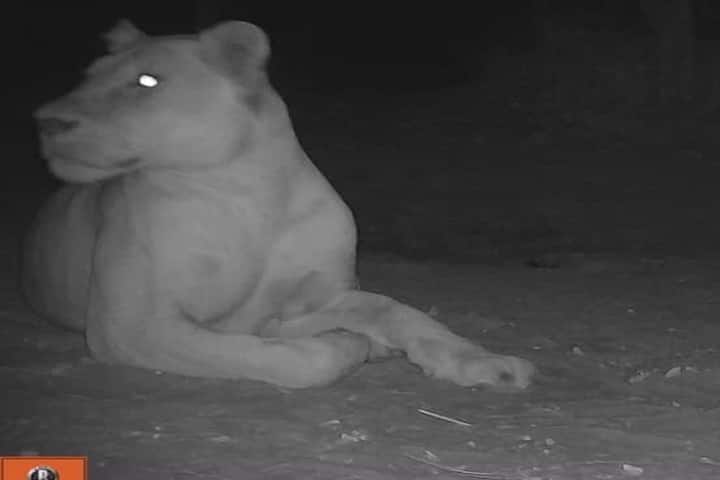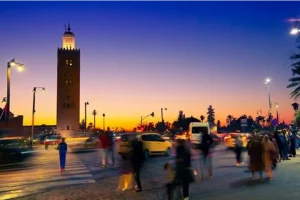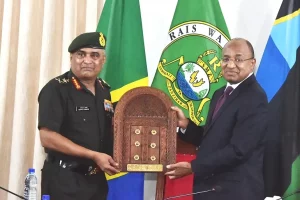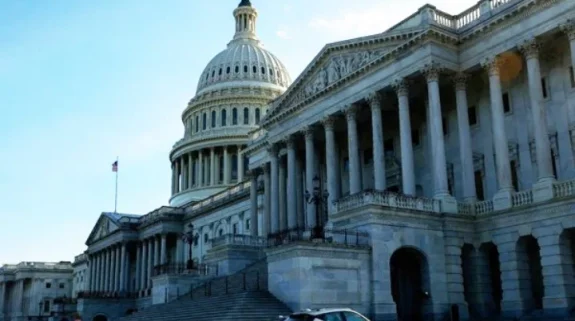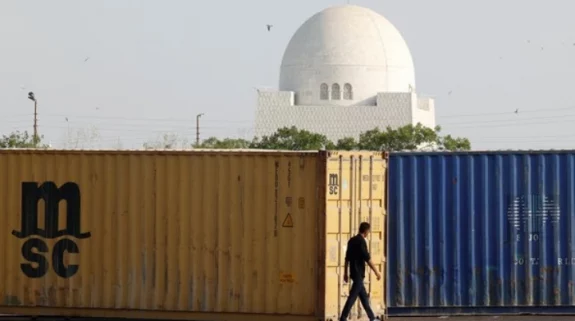There was a wave of joy among the people of Chad – a landlocked country at the crossroads of North and Central Africa – as a lion was spotted in the country’s Sena Oura National Park.
These big cats have not been seen since 2004 and were assumed to have become extinct. A team of conservationists from the Chad Government and the New York-based Wildlife Conservation Society released a stunning image clicked at the Park. It was taken by a remote camera in February and released on Thursday.
The image is that of a muscular female lion and WCS Press release describes the animal as: “A beautiful lioness, in her prime and clearly in great health.”
Luke Hunter, the WCS Big Cat Programme Executive Director talking to BBC said the “adult lioness” is “around five years old”. He added: “I am sure she is not alone.”
Hunter called this development encouraging since prime females who are the bedrock of lion population are not big wanderers and that they live in places that are safe to raise cubs and have enough food.
Lions had gone extinct in the region following a period of ruthless, organized poaching more than a decade ago. Now that has changed as the area has since benefitted from a very strong commitment to conservation by the governments of both Cameroon and Chad. This has resulted in better protection of the national parks with wildlife populations now starting to recover.
Cameroon’s Bouba N’djida National Park which is adjacent to the Sena Oura National Park supports lions which are now increasing and appear to be recolonizing parts of their former range including Sena Oura.
The lion population in West and Central Africa are genetically distinct from the more robust East and Southern African ones are particularly small and fragmented and have declined at an estimated 66 percent since the early 1990s. They are considered Critically Endangered at the regional level and their recovery is especially valuable.






